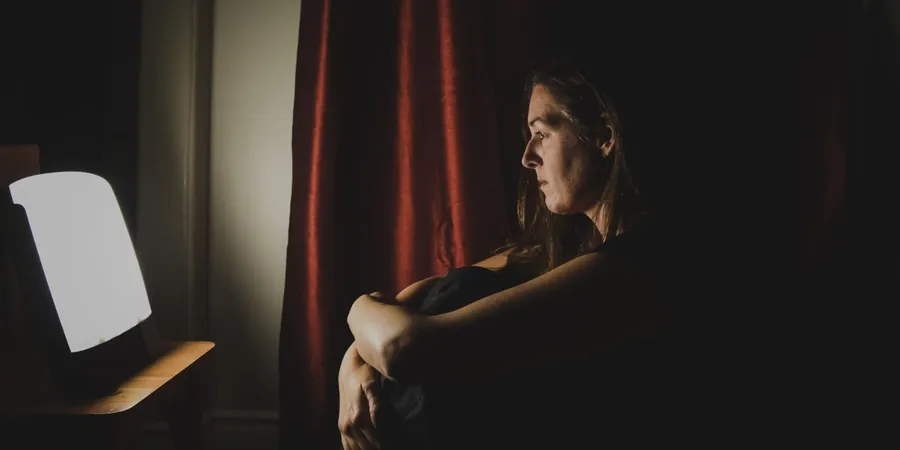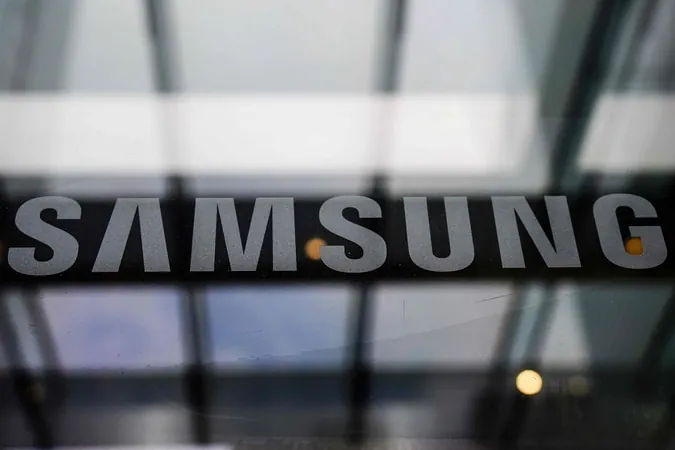
Light Therapy: A Game-Changer for All Forms of Depression, Say Researchers
2024-10-02
Author: Arjun
Light Therapy: A Game-Changer for All Forms of Depression, Say Researchers
Recent research sheds new light on a compelling treatment option for those suffering from Major Depressive Disorder (MDD), revealing that bright light therapy (BLT) may not only benefit individuals with Seasonal Affective Disorder (SAD) but also serve as an effective adjunctive treatment for non-seasonal depression.
MDD stands as the leading cause of functional disability globally, as emphasized by a group of medical researchers from Brazil and Argentina. Alarmingly, traditional treatments yield only about a 50% effectiveness rate, prompting the search for alternative therapies.
This groundbreaking study meticulously reviewed randomized clinical trials to evaluate the therapeutic impact of BLT on patients with non-seasonal depression. The findings are intriguing: BLT demonstrated a notable response rate of 40% among participants, significantly higher than the control group, which only saw a 23% response.
The authors discovered that BLT not only bolsters the benefits of existing treatments but also hastens the patient's response to initial therapies. Lead researcher Artur Menegaz de Almeida, a medical student at the Federal University of Mato Grosso, is hopeful that the study will encourage clinical guidelines to integrate light therapy for both bipolar and unipolar depression. He emphasizes the affordability of this treatment, making it an attractive option for many.
Effective light therapy requires the use of SAD lamps, which must emit 10,000 lux—akin to the brightness seen at sunrise. These devices are accessible at various price points, starting from around $45, making them an easily obtainable resource for individuals seeking relief.
The science behind BLT reveals a fascinating mechanism: light affects retinal ganglion cells, which then influence various brain areas responsible for mood regulation. Dr. Norman Rosenthal, who originally identified Seasonal Affective Disorder, commends the study for breaking ground in the clinic's understanding of light therapy's broader applicability.
Rosenthal, alongside many within the medical community, has voiced concerns over the underutilization of BLT for non-seasonal depression. He attributes this oversight to the powerful influence of pharmaceutical companies, which often overshadow natural treatment options. "You can't patent light therapy," notes Rosenthal, making the recent findings even more critical as they reposition light therapy as a viable option in the treatment landscape.
Historical support for this treatment modality dates back to a 2005 meta-analysis in the American Journal of Psychiatry, confirming light therapy's effectiveness for both SAD and non-seasonal depression. Notably, a 2015 randomized clinical trial showed that light therapy could perform as effectively as fluoxetine, a commonly prescribed antidepressant.
With this new evidence reinforcing the power of light therapy, the question arises: why isn't it more widely recognized and utilized?
The medical community's attention to these findings could potentially shift public perception and transform treatment approaches for millions battling depression. As light therapy takes center stage, it promises new horizons in mental health care.

 Brasil (PT)
Brasil (PT)
 Canada (EN)
Canada (EN)
 Chile (ES)
Chile (ES)
 España (ES)
España (ES)
 France (FR)
France (FR)
 Hong Kong (EN)
Hong Kong (EN)
 Italia (IT)
Italia (IT)
 日本 (JA)
日本 (JA)
 Magyarország (HU)
Magyarország (HU)
 Norge (NO)
Norge (NO)
 Polska (PL)
Polska (PL)
 Schweiz (DE)
Schweiz (DE)
 Singapore (EN)
Singapore (EN)
 Sverige (SV)
Sverige (SV)
 Suomi (FI)
Suomi (FI)
 Türkiye (TR)
Türkiye (TR)